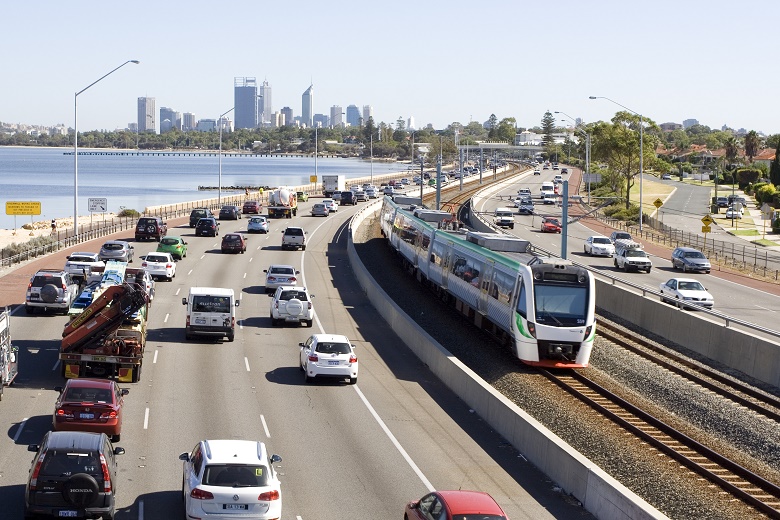
The botched way governments plan and deliver major infrastructure is contributing to other policy dilemmas like housing affordability and social mobility.
Australia’s urban commuters are not happy. Roads are congested, trains are unreliable and over capacity, and transport construction projects run behind schedule and over-budget, causing further mayhem all the while.
Despite the overblown promises of governments of all stripes, and the supposed promotion of “evidence-based policy”, our situation seems to be getting worse, not better.
Infrastructure Australia estimated that traffic congestion is costing the national economy $16 billion a year, on track to rise to $50 billion by the end of the next decade.
But there’s also a social cost: people spending less time with their families; ungodly commutes impacting mental health; less time for exercise and sleep. If the true test of a country’s success is its ability to provide a happy, prosperous life for its citizenry, this is a first order public policy issue.
Building too much
Traditionally politicians love cutting ribbons, but in age of 24-hour news cycles, revolving door leaderships and one-term governments, most projects outlive the politicians who initiate them. As a result, the focus turns to announcement more than completion, with new proposals rolled out even as execution falters on existing ones.
So desensitised have Australians become to the yawning gap between promise and reality that in 2013 the media breathlessly covered a report by then minister Anthony Albanese into a proposed east coast rail link – to be completed in 2058.
The culture of “announceables” has practical effects. By kicking off more work than the construction industry can possibly bear, we guarantee further supply constraints, cost inflation, waste, delay and disruption. The more we start, the less we finish.
Nick Deeks, managing director (Australia) of WT Partnership says these supply constraints are likely to be felt across the supply chain, given both white and blue collar workers with the necessary skills are in short supply.
Empirical research by Danish professor Bent Flyvbjerg found an average cost overrun of 45 per cent on rail projects and 20 per cent on road across developed world projects.
We can expect this trend to be exacerbated by Australia’s extraordinary spend profile: witness the blow-out in estimates of Daniel Andrews’ North East Link from $5-10 billion to $16.5 billion in just six months.
If business cases accounted properly for the impact of closures during the realistic duration of construction, many of them would not stand up. Sydney’s beleaguered light rail installation is a standout example in this regard, as the owners of businesses along George Street in the CBD who tried to wait it out can attest.
We would do better to formulate a masterplan that reduces the portfolio of projects to match supply, and treat the closure of major transport routes for construction works as a necessary evil that should be ruthlessly minimised through heavy contractual incentives.
Building inefficiently
Supply constraints are not the only reasons for delay and cost overrun. Militant construction unions have weaponised OHS regulations to drive membership, and driven wages to exorbitant levels.
Australia’s labyrinthine environmental and planning approval processes are another source of delay. It can take over five years for a project to move to construction.
In 2012, a $62 million widening project on a stretch of highway through South Nowra was suspended for months and then altered at great cost because of a sighting of an endangered frog. The ability of activists to disrupt projects with litigation makes irrationally expensive appeasement the only viable alternative to keep projects alive.
Further, in a political and media culture where the focus is on easily quantified inputs (dollars spent) rather than more complex milestones, bureaucrats feel pressure to spend a defined budget within a set period of time. Where the scarce resources necessary to progress the project are in short supply, the solution is to spend more money on consultants, who are only too happy to oblige.
Building the right projects
Pardoxically, while governments are kicking off too many projects, their plans often lack ambition.
One issue is the over-reliance on financial modelling to formulate business cases. Mark Twain famously talked of “lies, damned lies and statistics”; today he might have appended financial modelling of transport projects.
Anyone who has been involved in such modelling will attest to the subjectivity involved in setting assumptions, and the tendency to tweak them to fit the client’s desired outcome.
Advocates of a needs-based approach to scoping and prioritising transport projects would argue you start by addressing the long-term objective, rather than producing a specious business case.
If such an approach were adopted, cringe-worthy projects like Adelaide’s one-way southern expressway would have been done right the first time, instead of penny-pinched into a scope that required a more expensive duplication only a decade after completion.
Policy dilemma
Ultimately, the unfolding disaster of Australian urban transport ranks alongside fiscal sustainability and the cost and stability of energy as the top policy crises facing Australia.
It contributes to other policy dilemmas, such as falling housing affordability, poor social mobility, pollution and low productivity growth.
It’s difficult to see how our current political culture will lead us to a holistic solution, particularly as the boundary of federal-state responsibility continues to be blurred.
But compared with the current trajectory towards ever-increasing waste and delay, simply slowing down the frenetic pace of spending would be a step forward.
Alan Anderson is an engineering executive and was a senior adviser to the former treasurer Peter Costello.
Comment below to have your say on this story.
If you have a news story or tip-off, get in touch at editorial@governmentnews.com.au.
Sign up to the Government News newsletter
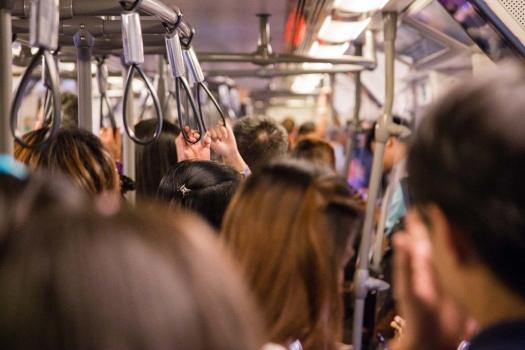
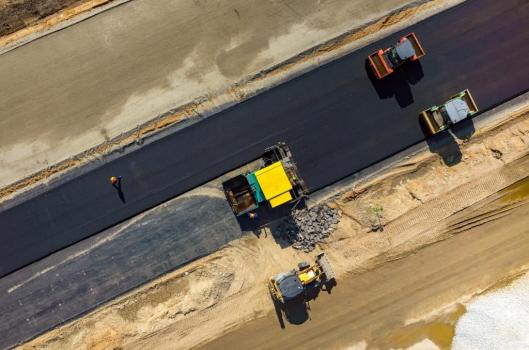
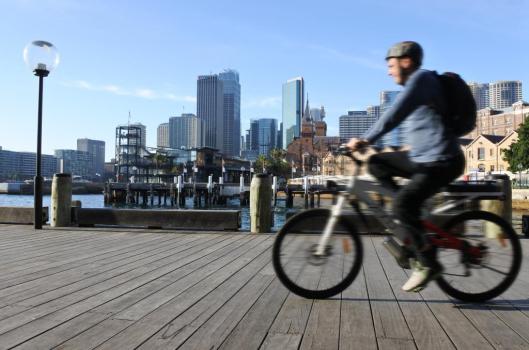
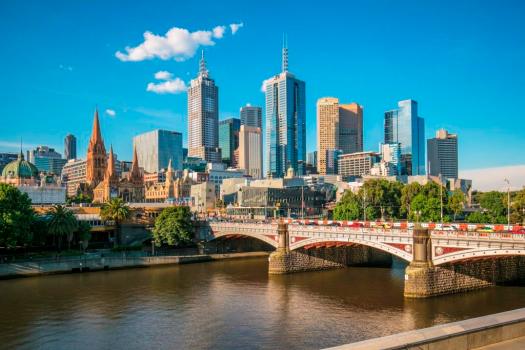
One of the cheapest infrastructure projects for cities is cycleways – use of existing streets as well as off road corridors. It really is time to have high targets for cycling in Australian cities e.g. 50% of all commuter trips by bike by 2025; mass weekend recreation cycling too.
Cycle links – reduce the need to drive for cycling recreation in parks by linking parks to corridors into suburbs.
Parramatta Road in Sydney should become a sustainable transport boulevard from the City to Parramatta, leaving just one vehicle travelling lane in each direction, large canopy trees in the kerbside parking lane and free up a whole lane in each direction for cycles. Light rail could go in the centre. Bold plans like this would work!
No comments about the revolution happening in the development of VTOL machines
These aerial vehicles will render car transport to the minimum as well as public heavy
trains and ferries.Short sighted Politicians are so far behind it is not amusing.